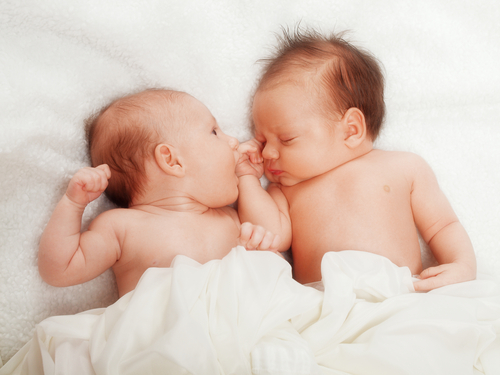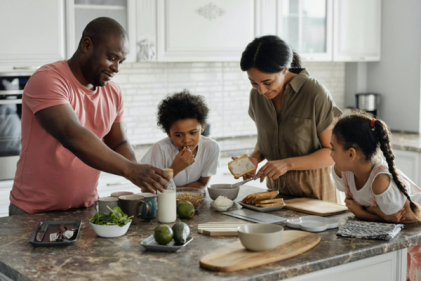 One in ten pregnancies in mothers aged 45 and over now result in multiple births. These figures have been released by the Office of National Statistics (ONS). This proves to be a significant increase from 1976 where the figure for the same age group of mothers was one in a hundred.
One in ten pregnancies in mothers aged 45 and over now result in multiple births. These figures have been released by the Office of National Statistics (ONS). This proves to be a significant increase from 1976 where the figure for the same age group of mothers was one in a hundred.
Baby and parenting website babies.co.uk says that the huge rise in multiple births is primarily due to the number of couples waiting longer to have children. Many multiple births are as a result of fertility treatment, which is needed by older women more often than younger women.
“If you’re over 40 and trying to conceive, you might well find yourself joining the double buggy brigade sooner or later” said James Macfarlane Managing Director of babies.co.uk.
“As women marry later and place a greater emphasis on their careers, it’s no wonder that they are choosing to delay having their children until later in life” said James.
Fertility treatments are not the only reason why twins are on the increase. Research in Holland has shown that as women age, hormonal changes can cause simultaneous double ovulation. If a woman releases two eggs at the same time then both of them may become fertilised, resulting in non-identical twins.”
While multiple pregnancies usually result in twins, there has been a rise in the number of triplets being born. “Few couples are prepared for seeing more than one baby at their first scan and the surprise often leaves people in shock – especially if it took time to conceive”
There are more risks when carrying multiples, with complications such as premature birth and low birth weight being more likely. “Whilst expecting twins can be worrying for older parents, the news is still usually one for celebration – especially if the couple were finding it hard to get pregnant in the first place” said James
More information including official figures and detailed graphs can be found here




